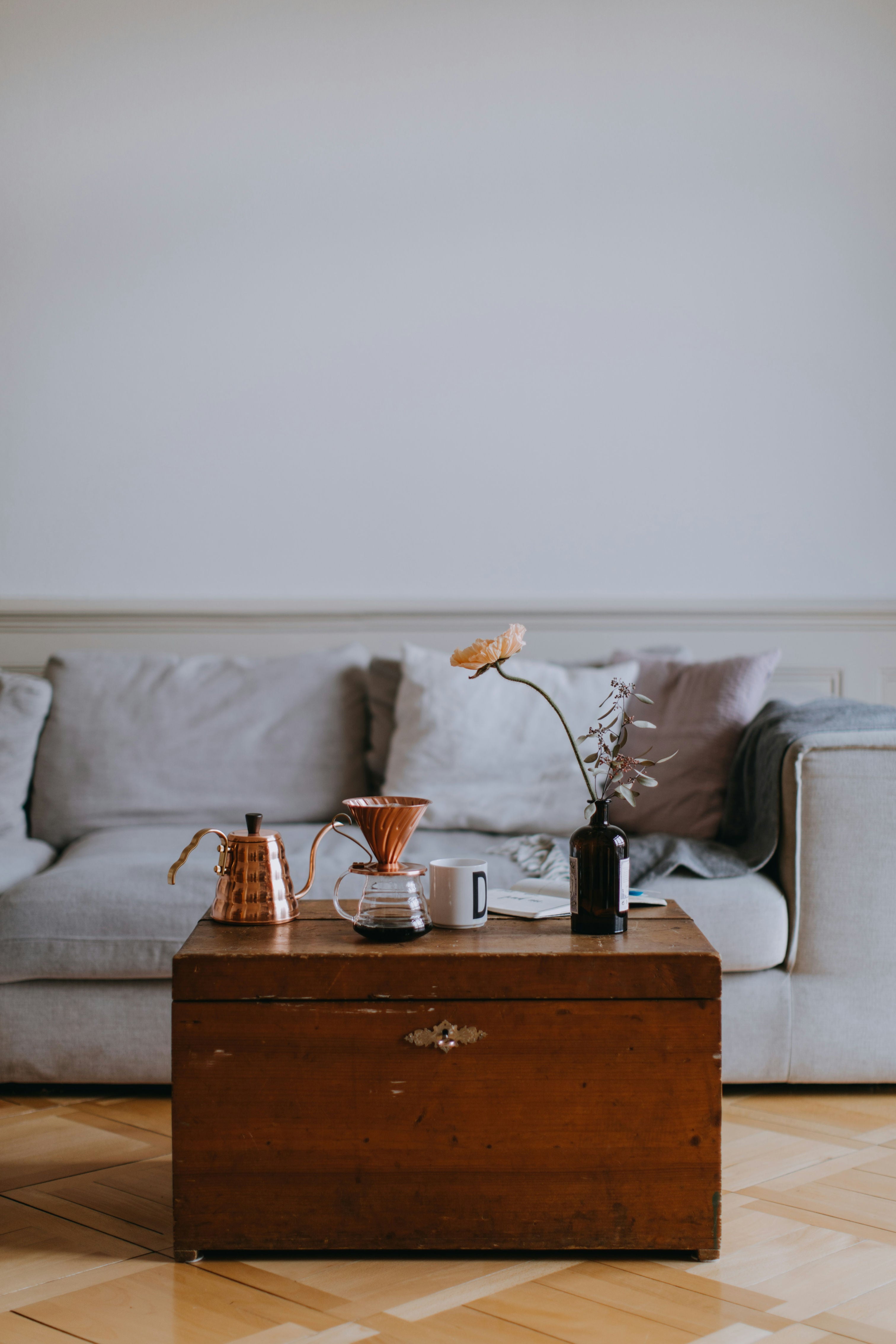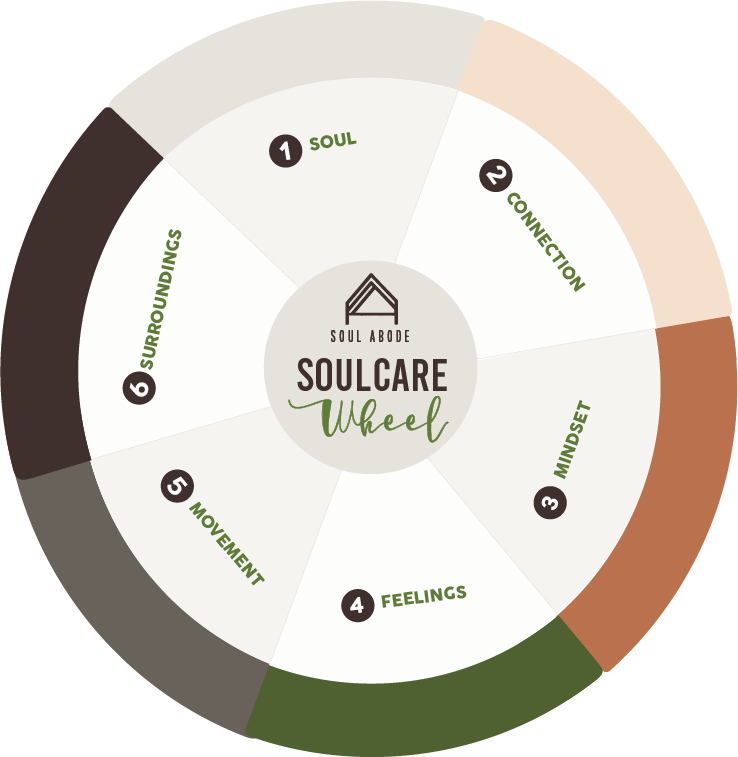Home Design Elements For Well-Being

Creating a home that promotes wellness is essential for maintaining a healthy and balanced lifestyle. From the layout and organization to the colors and materials used, every design element can have an impact on our overall well-being. In this article, we will explore some key home design elements that can contribute to a sense of wellness.
1. Natural Light
One of the most important design elements for wellness is natural light. Sunlight not only brightens up a space but also has numerous health benefits. It boosts our mood, improves sleep quality, and increases Vitamin D levels in our bodies. When designing your home, prioritize large windows, skylights, and open floor plans to maximize natural light.
2. Indoor Plants
Bringing nature indoors through the use of indoor plants not only adds aesthetic appeal but also improves air quality and reduces stress levels. Plants release oxygen and absorb carbon dioxide, helping to purify the air we breathe. Additionally, caring for plants can be a therapeutic activity that promotes mindfulness and relaxation.
3. Calming Colors
The color palette of your home can greatly impact your mood and overall well-being. Opt for calming colors such as shades of blue, green, and neutral tones. These colors are known to create a sense of tranquility and promote relaxation. Avoid using bright and vibrant colors in spaces where you want to unwind and destress.
4. Clutter-Free Spaces
A cluttered home can lead to a cluttered mind. It is essential to create organized and clutter-free spaces to promote a sense of calmness and focus. Invest in storage solutions such as built-in shelving, cabinets, and multi-functional furniture to keep your belongings organized and out of sight.
5. Comfortable Furniture
Choose furniture that prioritizes comfort and ergonomics. Invest in quality mattresses, supportive chairs, and ergonomic workstations. Comfortable furniture not only enhances relaxation but also supports good posture, reducing the risk of back pain and other physical discomforts.
6. Well-Ventilated Spaces
Proper ventilation is crucial for maintaining good air quality and preventing the buildup of pollutants, allergens, and mold. Ensure that your home has adequate ventilation through windows, vents, and fans. This will promote healthy indoor air quality and prevent respiratory issues.
7. Quiet Zones
Designate quiet zones in your home where you can unwind and find peace. Whether it's a cozy reading nook, a meditation corner, or a secluded outdoor space, having a designated area for relaxation can help reduce stress and promote mental well-being.
Conclusion
By incorporating these home design elements for wellness into your living space, you can create a sanctuary that promotes physical and mental well-being. From harnessing natural light to embracing nature and decluttering, every design choice can contribute to a healthier and happier home.

Sign-up for our newsletter
By clicking "sign up," you agree to receive emails from Soul Abode and accept our web terms of use and privacy and cookie policy.


